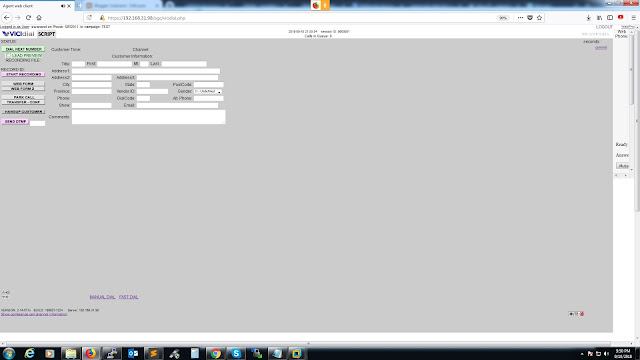Today we are going to go through the steps of configuring OSMC Media Center, which can be controlled using your android or IOS device as a remote.
To create OSMC Media Center you will require:
- Raspberry Pi
- Keyboard and mouse to connect to the Raspberry Pi
- External USB hard drive one or two, depending upon the grade or normal configuration
- An android mobile so that you can download and install the App which will act as a remote
- A 5 volt micro USB charger that this could be your android mobile charger, but make sure it gives at least 2000milliamps of power.
- HDMI wire that connects to your TV from the Raspberry Pi
Preparing the SD Card.
First, we need to format our micro SD card properly. Head over to the SD association website and download the application. Installing the application is a straight forward process. Insert your SD card into your card reader. In the SD formatter app, choose the correct SD card, change to overwrite format and proceed. Once formatting is done, you get a confirmation.Which Media Center to choose?
There are two types of operating systems available that you can install in your Raspberry Pi to convert into a media center. One is called as Kodi and another one is called as OSMC. The main difference between Kodi and OSMC is that Kodi is not a Linux flavour. Kodi is built from ground up, so you cannot give any Linux commands to it like sudo or apt-get. But in our project we need to create a network attached storage system which requires a lot of Linux comments. So OSMC is the best choice. Obviously OSMC runs a Linux OS, on top of which Kodi runs. So you get the goodness of Linux along with the goodness of Kodi. Apart from all these things I just feel OSMC has beautiful visuals.
Change settings – Allow downloaded apps from anywhere.
Installing OSMC Media Center
Download the installation application for your OS and get going with the setup process. Sometimes your MAC does not allow downloaded apps to be installed in that case change your settings in the ‘Security & Privacy‘ page of ‘System Preference‘. Make sure to choose anywhere.
Choose the language and the board

Select the stable version of OSMC
Then burn the files to the SD card. Choose the connection type; mine is wired. We will configure the network later. Choose the correct SD card and let the app download OSMC and burn it to the SD card.

Insert the SD card and all other necessary connections to the Raspberry Pi
Configure OSMC Media Center to your needs
If you see the rainbow screen once you power ON your Raspberry Pi then all is good. OSMC will start installing automatically.
Configure the OSMC

Set the manual IP address for the Raspberry Pi
Setting up the NAS
To get to the terminal, let’s exit OSMC. The login and password is “osmc” in lower case without quotes. First lets install NTFS package to manage the hard disk.
sudo apt-get install ntfs-3g
sudo fdisk -l

Check if the drives are connected properly.
sudo mkdir /media/USBHDD1
sudo mkdir /media/USBHDD2
sudo mkdir /media/USBHDD2
sudo mount -t auto /dev/sda1 /media/USBHDD1
sudo mount -t auto /dev/sdb1 /media/USBHDD2
sudo mount -t auto /dev/sdb1 /media/USBHDD2
sudo mkdir /media/USBHDD1/shares
sudo mkdir /media/USBHDD2/shares
sudo mkdir /media/USBHDD2/shares
sudo apt-get install samba samba-common-bin
sudo apt-get upgrade
Let’s make a copy of the Samba configuration file before editing.
sudo cp /etc/samba/smb.conf /etc/samba/smb.conf.old
sudo nano /etc/samba/smb.conf

Give the folder a recognizable name.
sudo /etc/init.d/samba restart
sudo useradd fatlady -m -G users
sudo passwd fatlady
sudo passwd fatlady
sudo smbpasswd -a fatlady

The test file copied is displayed.
sudo nano /etc/fstab
/dev/sda1 /media/USBHDD1 auto noatime 0 0
/dev/sdb1 /media/USBHDD2 auto noatime 0 0
/dev/sdb1 /media/USBHDD2 auto noatime 0 0
sudo apt-get install rsync
Installing the Mobile App
Now to install the mobile app. Head over to Google play and search for Kodi. Select the correct app and install it to your device.Hope you enjoyed this. Now you can have your own OSMC Media Center and watch all those beautiful movies & TV Shows from one place.
Source:-http://www.mediamilan.com/tutos/osmc-media-center-and-nas-raspberry-pi/




0 comments:
Post a Comment